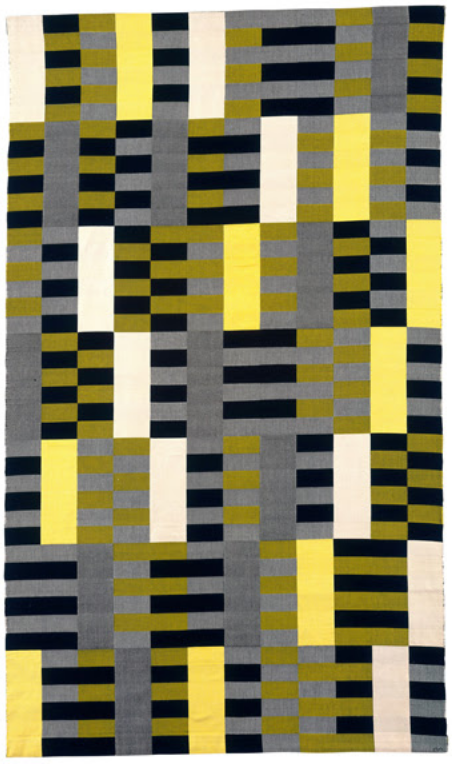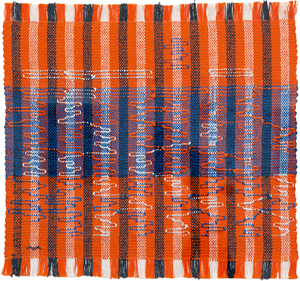
LONDON – This autumn Tate Modern will present the UK’s first major retrospective of the work of Anni Albers (1899-1994), an artist who combined the ancient craft of hand-weaving with the language of modern art. Opening on October 11, ahead of the centenary of the Bauhaus in 2019, this exhibition gives long overdue recognition of Albers’ pivotal contribution to modern art and design, and part of Tate Modern’s wider commitment to showing artists working in textiles.
Featuring more than 350 objects from major collections in the US and Europe, including beautiful small-scale studies, large wall-hangings, jewelry made from everyday items, and textiles designed for mass production, this exhibition will explore the many aspects of Albers’s practice, such as the intersection between art and craft; hand-weaving and machine production; ancient and modern.
The exhibition design is inspired by Albers’ own writings, including her influential 1957 essay The Pliable Plane: Textiles in Architecture in which she advocates “a new understanding between the architect and the inventive weaver.”
Anni Albers is organized by Tate Modern and Stiftung Kunstsammlung Nordrhein-Westfalen, Düsseldorf. It will run from October 11 through January 27, 2019.
Click to visit Tate Modern online.
# # #



